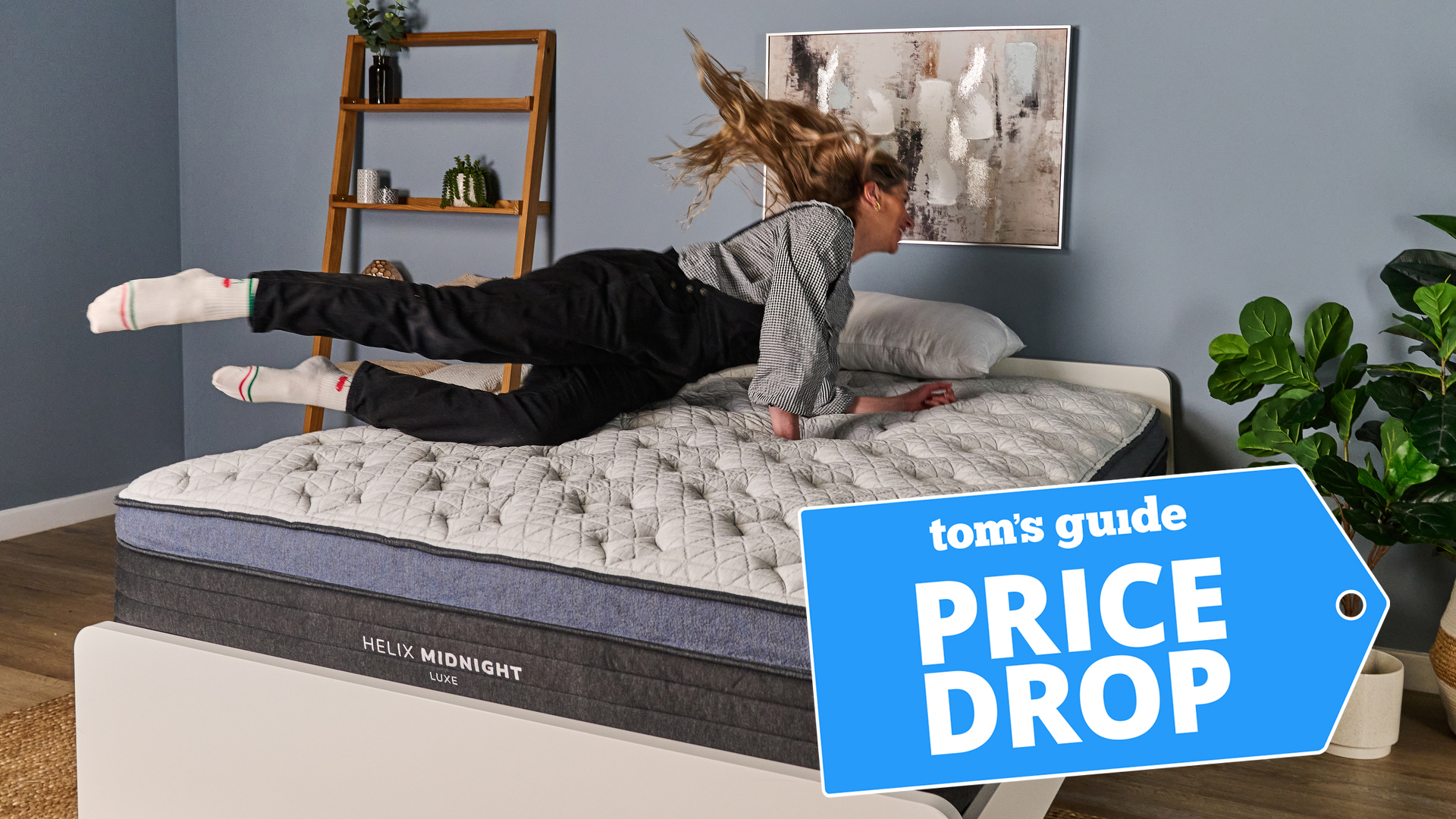Prime Video just added Dolby Vision support to several shows — including The Rings of Power

After backing HDR10+ for the last few years, Amazon has now added Dolby Vision support for some of its most popular shows including The Lord of the Rings: The Rings of Power, Jack Ryan and The Wheel of Time in what feels like a real win for Dolby's HDR format.
That's interesting because, at one time, Amazon was a huge supporter of the HDR10+ format — likely because its proponents said HDR10+ required less work from creators than Dolby’s format and produced similar results.
Now that tune seems to be changing somewhat as the streaming service rolls out Dolby Vision support to several of its most popular shows.
That said, for now it looks like Amazon Video will support three separate HDR formats — basic HDR10, HDR10+ and Dolby Vision — for some shows and movies, but only on certain streaming devices including some Fire TV products as well as LG smart TVs that have the latest version of the Amazon Video app.
Dolby Vision vs HDR10+: what’s the difference?
When it comes to HDR formats, any HDR content is going to have better color saturation and contrast than non-HDR content, but there are some key differences between the two market leaders, HDR10+ and Dolby Vision.
HDR10+ is considered by insiders the more open of the two platforms as it can take any generic HDR content that has set metadata and algorithmically convert it into dynamic metadata that can have different high-points and low-points for brightness depending on the scene. This is the standard backed by Samsung and Vizio, though the latter supports Dolby Vision as well.
Dolby Vision, on the other hand, requires Dolby Vision cameras to record the content that can then be edited in post to have scene-by-scene metadata. Because of Dolby’s workflow, content can reach a higher peak brightness (upwards of 10,000 nits), but it does often require some extra work in post-processing. Sony, LG and TCL have all backed this format.
Get instant access to breaking news, the hottest reviews, great deals and helpful tips.
While neither of their creators or manufacturing partners consider this to be an out-and-out format war like the one we saw between Blu-ray and HD-DVD, the industry has taken sides on which formats it’s willing — and unwilling — to support.
In short, be sure to check which formats your TV supports before buying a new one – and read up on the best TVs in 2022 to see which models support which format.

Nick Pino heads up the TV and AV verticals at Tom's Guide and covers everything from OLED TVs to the latest wireless headphones. He was formerly the Senior Editor, TV and AV at TechRadar (Tom's Guide's sister site) and has previously written for GamesRadar, Official Xbox Magazine, PC Gamer and other outlets over the last decade. Not sure which TV you should buy? Drop him an email or tweet him on Twitter and he can help you out.
